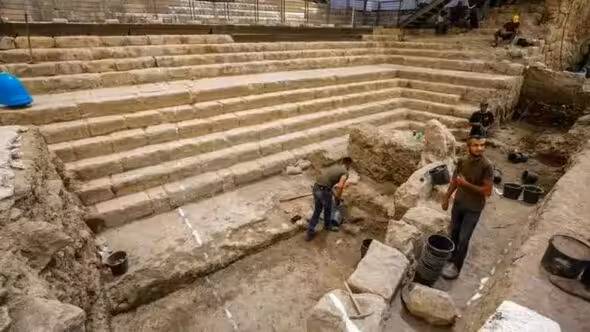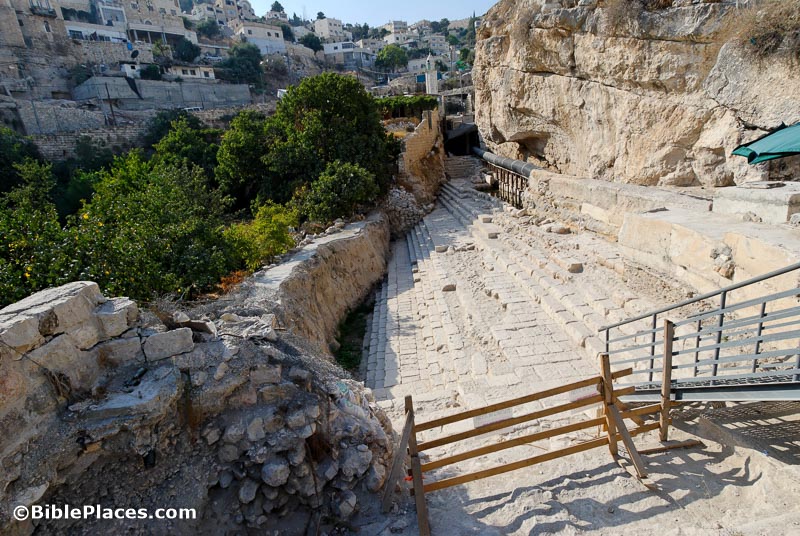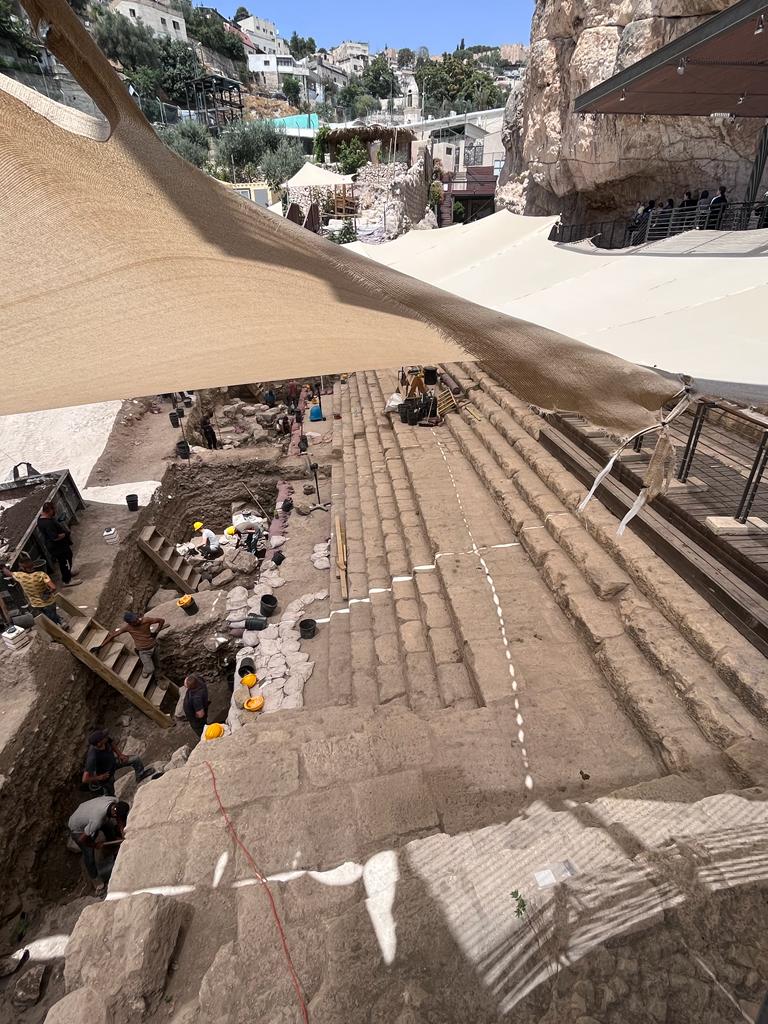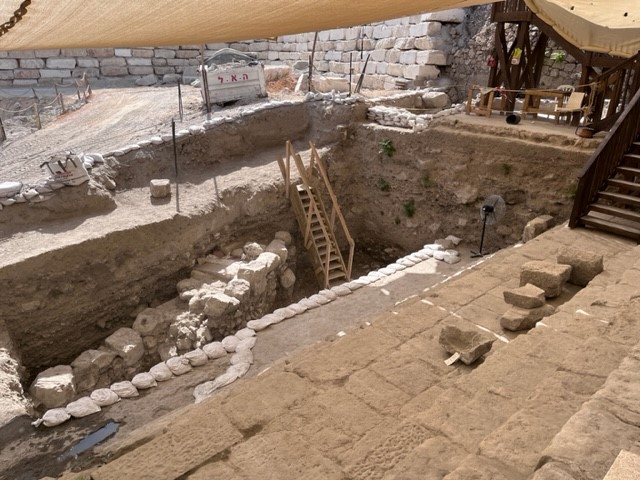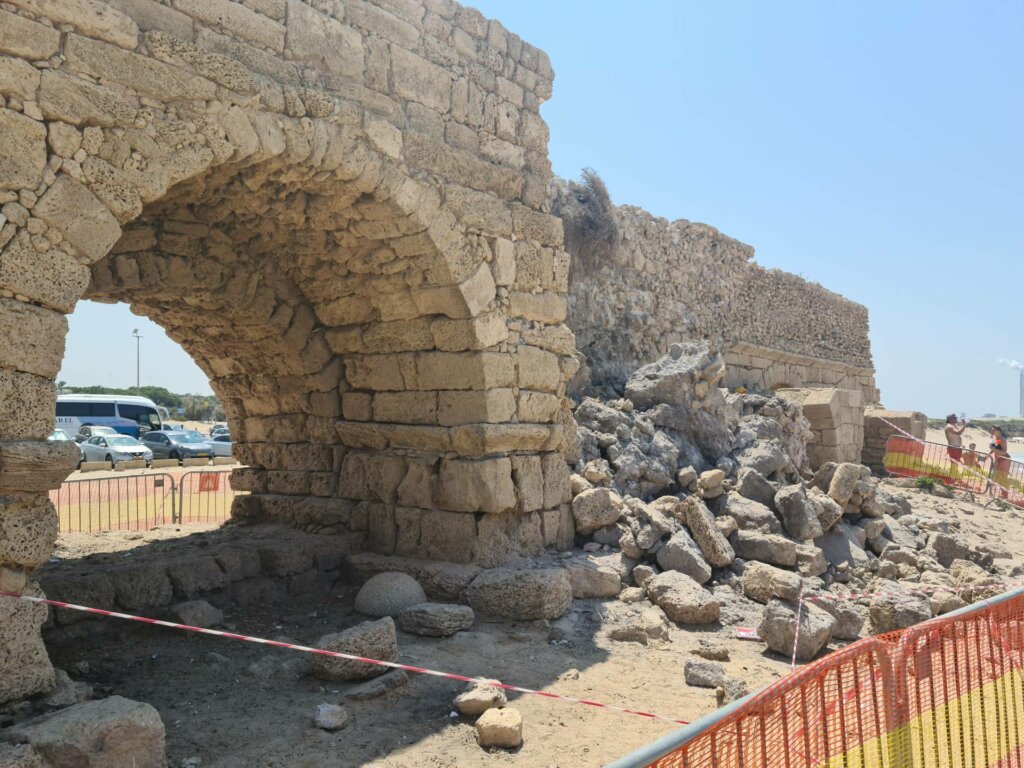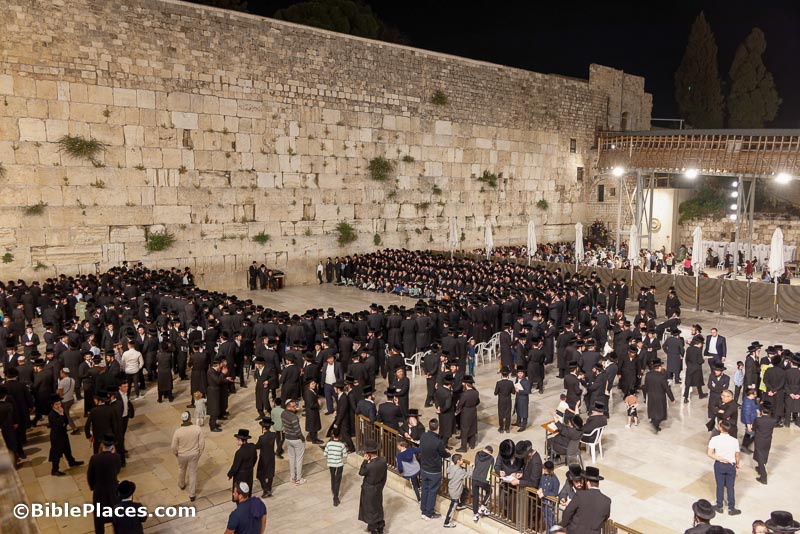Four Roman swords were discovered in a cave near En Gedi. Three are spatha swords, and all were likely stolen from Roman soldiers by Jewish rebels during the Bar Kochba revolt.
The swords were discovered incidentally while doing multispectral imaging on a 7th-century BC inscription in the cave. The new reading of the inscription may include the word “salt.”
An Israeli teenager discovered an bronze Roman ring at Sussita/Hippos.
i24News visits the “dig for a day” program in the caves of Bet Guvrin.
The German Protestant Institute for Archaeology will celebrate its 125th anniversary with a conference in Jerusalem on October 16-17.
Jordan Ryan is a guest on The Book and the Spade discussing the 2023 excavation season at Tel Shimron.
Abigail Leavitt shares a number of photos from her walk around the Old City of Jerusalem.
The IBEX program in Israel where I taught for some years is featured in the new issue of The Master’s University Magazine.
Was a major discovery related to the Pool of Siloam made this week? Some unreliable websites suggest something new was revealed. The regular sources seem to be ignoring it, though The Jerusalem Post has recycled this reporting, with a completely irrelevant photo. When you read beyond the headline, the claim is that eight steps were discovered. A comparison of the published photo with earlier photos suggests that a portion of the lowest flight of steps, previously partially revealed, has now been fully exposed along with a portion of the reservoir and walls within.
Pool of Siloam steps. The wooden boards are located on the second (of three) flight of steps, filling in gaps in preserved stones. Photo published with the news reports this week, courtesy of the City of David Foundation. Comparison with the photos below indicates that this was taken earlier this summer.
Pool of Siloam in 2006, with three flights of stairs. The lowest flight is not fully exposed.
Pool of Siloam last month, showing third flight of steps and on-going excavations in pool below the steps. Some walls appear to be visible within the pool. Photo by John Black.
Pool of Siloam on Wednesday, September 6, showing wall inside the area of the pool. Photo by John Black.
HT: Agade, Joseph Lauer, Arne Halbakken, Alexander Schick, Ted Weis, Gordon Dickson
